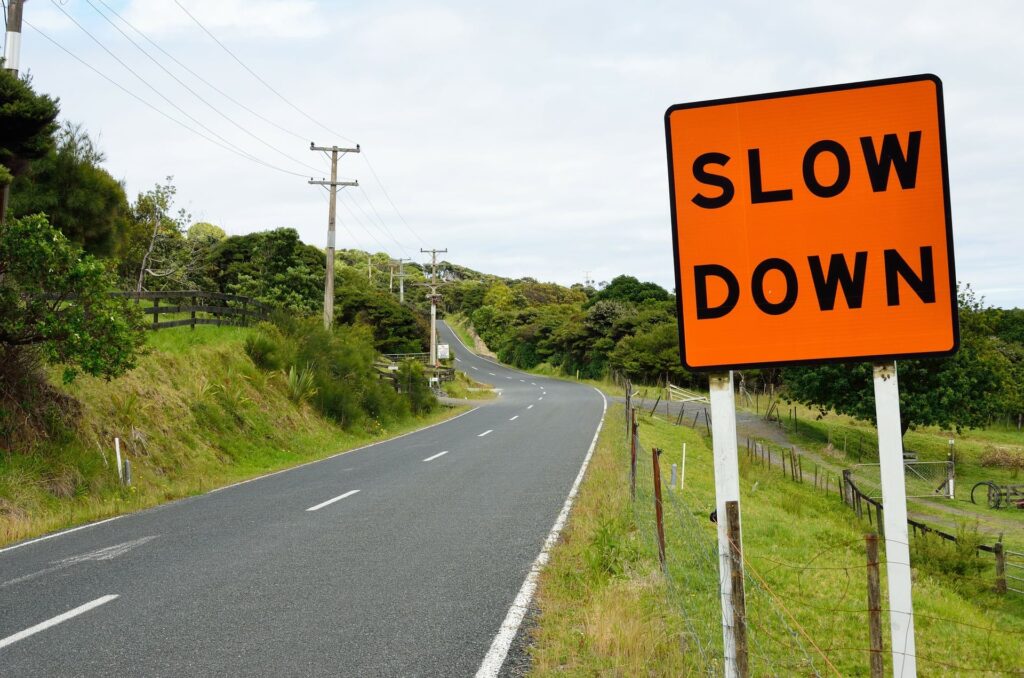Why Go Slow? The Benefits of Slow Sparring

This past week at our 50-hour instructor intensive I introduced a new batch of students, who traveled in from various places around the world, to the method and benefits of slow sparring.
Slow sparring is exactly what it sounds like: sparring done slowly. It has proven itself to me to be a tremendously valuable training tool and enjoyable end in and of itself. Slow sparring is used in boxing, MMA training, diverse Eastern martial arts, as well as sharing many similarities to slow tactical training exercises in lots of different sports.
Why Spar Slow?
Precision & Mechanics
When you go slower you can devote more of your attention to staying connected to the ground, moving with purpose and in a correct manner, and it’s a ton more work for your stabilizer muscles (in a good way!). Slow Tai Chi developed as a training method for a martial art that was traditionally done at high speeds. Going slow requires a much greater sense of balance, Tai Chi practitioners develop slow movement to require development of stability and to reveal flaws in form.
Relaxed Presence
Adrenalin can be a useful tool in some conflict situations and it is important to learn how to work with it, but for many an ideal martial mindset is one that is relaxed, focused, and ready; not frenetic and kinetic. Slow fencing, particularly when combined with training where you gradually accelerate in speed or move between fast and slow practice, can be an effective method for developing this calm.
Replacing Panic with Plans
A common symptom of slow fencing is sudden bursts of speed as you reconcile where you feel your body should be with where it actually is. This typically occurs when you suddenly realize you’re open and you’re out of position to defend, or you realize there is an opportunity but you’re a long way from it. These reactions happen in full speed sparring as well, yet when you race to close the opening, or rush to an opportunity you invariable leave yourself off balance and even further out of position. Slow sparring makes these errors more apparent and helps you develop appropriate responses that, with continued practice, will become part of your full speed responses as well.
Develop Tactical Awareness
Working at slower speeds reduces the amount of data that you have to process all at once and thus can help you develop tactical perception and decision making skills. At slow speeds you can effectively ask tactical questions: “When I do X, how do they respond? How do I counter that?” From these questions you can begin to build the framework for strategic decision making and learning how to effectively put techniques from class into context.
Reduce Risk
Slow sparring is a great way to participate in the contexts and dynamic of a combative martial art, in proper distance, with proper intent, while minimizing the risk of injury (without wearing armour). This opens up the accessibility of the art, reduces equipment requirements, and allows for safe participation for those who may not embrace the risks that come with full speed and full contact sparring.
Meditative, Fun, and Flow
Besides all these training uses and benefits, slow fencing can be meditative, relaxing, and enjoyable. For me what started as a training tool soon became an enjoyable end in and of itself. I love the flow, the heightened awareness, the connection with my body, and the capacity to have an enjoyable time with students of all experience levels. It can often take the competitive out of a sparring encounter as well and leave more room for exploring and enjoying the art with a partner.
How to do Good Slow Sparring
Sparring slowly is a skill, and like sparring quickly it takes practice and attention to develop. I can tell you from both a training tool perspective and as its own activity it is worth spending time on. Earlier this year I wrote an article on the subject of how to do slow sparring effectively, complete with a video example. I recommend checking it out: Read How to do Slow Sparring Successfully.
How Does Slow Relate to Fast?
Slow speed fencing and fast fencing have many differences. There are certain things you have to simulate and certain techniques done slowly that don’t make sense, but that is true of any drill or focused training activity. There are some students in my school who only ever do slow fencing, and they’re excellent martial artists and enjoyable training partners, and there are some that use slow fencing as a way to warm-up or cool down, and there are some that use it only as a training tool within the grand continuum of tools we use to develop as martial artists. These are all valid and beneficial approaches.
I recommend that you take some time to explore slow fencing in an effective manner. Regardless of where it fits for you, I have found few that it doesn’t benefit. How has slow fencing benefited your training?



